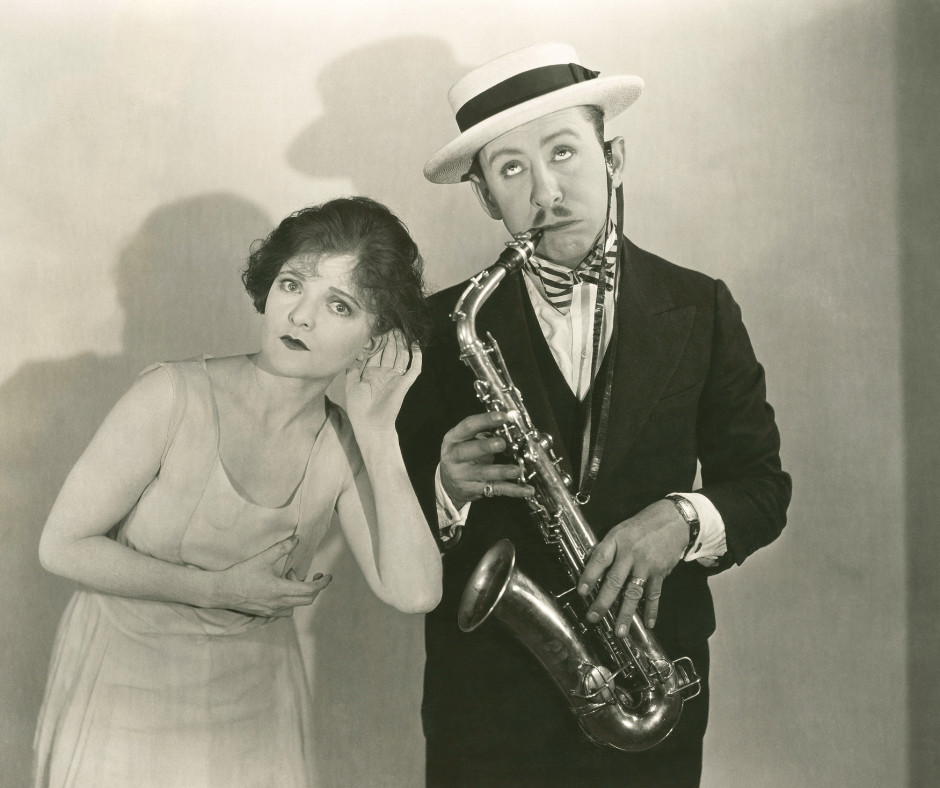What are the challenges and solutions?

One of the most complex forms of hearing loss is known as a single-sided hearing loss. This means that one ear has perfect, or near perfect hearing, while the other ear has a profound hearing loss. This is also referred to as single-sided deafness or a unilateral hearing loss as often the person has limited, or no access to sound in one ear.
This is a complex hearing loss as our brain needs two ears to make sense of the world around us. When we have two ears working optimally, our brain uses something called binaural summation to hear well in noisy situations and tell where sounds are coming from. If we have a hearing loss in one ear, we will experience a shadow as your head is in the way of sound getting to the “good ear.” This means that you will miss sounds coming from the side with hearing loss. A hearing loss in one ear means it is difficult to localise sounds, it can be harder to filter out background noise in noisy environments, the brain workers harder to process sound which increases our cognitive load, and we do not hear as loudly with one ear compared to two.
What Causes of Single-Sided Deafness?
Single-sided deafness can be caused by many reasons, such as:
- Viruses and infections which affect the ear
- Meniere’s disease
- Head injuries
- An inherited condition
- Autoimmune and neurological conditions
If you notice a sudden hearing loss in one ear, or that you are not hearing as well in one ear compared to the other, it is highly recommended that you visit your local GP, or your local hearing care provide as soon as possible to investigate what is causing this hearing loss. It could even be a temporary problem such as ear wax blocking the ear canal or a sinus condition.
How Do we Address Single-Sided Deafness?
There are many ways single sided deafness can be managed, and it is important that you find the right method for you.
One of the most popular systems is a device called Contralateral Routing of Sound (CROS). This involves a pair of devices that look like hearing aids. Although, one device sits on the ear with hearing loss, while another sits on the good ear. The device on the bad ear transmits sounds directly into the good ear so that you can hear everything around you through your good ear.
There is also a system called a BI-CROS. This system is like a CROS device; however, it is for people who have some hearing loss in their good ear. This means they have a “better ear” with some hearing loss and a poorer ear with a profound hearing loss. This means that the sound is transmitted from the poorer hearing side across to the “better ear” and the sound is then amplified to be heard well in the “better ear.” This system is often used for people who are already using one hearing aid in their “better ear” and they want to hear more sound around them.
There are many benefits of a CROS/BI-CROS system such as being able to hear more effectively, being able to have a conversation with a person sitting next to you in the car or at a restaurant. It can also make driving in a car much safer!
It is important to keep in mind that routing sound from your poorer ear to your better ear is unlike anything you have ever heard before and it can take some time to get used to in the beginning. A comprehensive assessment needs to be performed by an audiologist to understand if a CROS or BI-CROS system is the right solution for you.
At Value Hearing, we have a 60-day complete money back guarantee which means that you can take the needed time to get used to the CROS or BI-CROS system and see the benefit it makes to your hearing. Book an appointment online or call 1800 841 827 to find a Value Hearing clinic near you.

